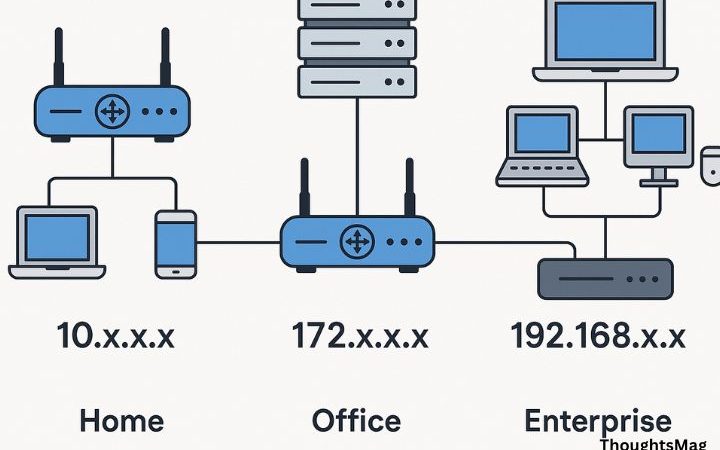How to get ready for AI Spam?
AI spam, the inevitable intrusion of artificial intelligence into our email inboxes and messaging apps, is a phenomenon that demands attention. As technology continues to advance at an unprecedented pace, the prevalence of AI-generated spam messages is set to soar, posing a significant challenge for individuals and businesses alike. From deceptive phishing emails to cleverly crafted automated bot messages, the age-old problem of spam has taken on a new form – one that requires us to adapt and prepare in innovative ways.
Understanding AI Spam
Preparing for AI spam involves understanding the sophisticated methods that artificial intelligence uses to create and distribute spam. AI-powered spam can now convincingly mimic human behavior, making it harder to detect and block. Understanding the types of AI spam, such as phishing emails, scam calls, and fake social media accounts, is crucial for individuals and organizations to protect themselves.
Recognizing AI-generated Content
Preparing for the potential influx of AI-generated spam requires a proactive approach. First, it’s important to stay informed about the latest AI technology and its potential impact on content generation. This includes staying up to date on advancements in natural language processing and automated content creation.
According to CyberGhost’s post recognizing AI-generated content also involves being aware of common patterns and characteristics associated with such material. Paying attention to language anomalies, unnatural syntax, and repetitive phrasing can help in identifying AI-generated spam. Furthermore, leveraging tools like text analysis software and machine learning algorithms can aid in detecting and analyzing potentially generated content.
Protecting Against AI Spam
Protecting against AI spam is crucial in the ever-evolving digital landscape. To prepare for AI spam, it’s essential to stay vigilant and proactive. Start by upgrading your email filters and security software to detect and block potential AI-generated spam. Implementing advanced machine learning algorithms can help identify unusual patterns or language characteristics typical of AI-generated content.
Regularly update your contact list, removing outdated or inactive email addresses to reduce the likelihood of receiving AI-driven spam. Educate employees on how to recognize and handle suspicious emails, providing them with training on identifying red flags such as unfamiliar senders or strange attachments.
Updating Security Measures
To prepare for the threat of AI spam, it is essential to update and strengthen security measures across all digital platforms. This includes implementing advanced machine learning algorithms to detect and block AI-generated spam content. Additionally, updating email filters and firewalls with AI-powered technology can help prevent spam from infiltrating networks.
Educating employees on the latest AI spam tactics and how to recognize them is crucial for enhancing overall security measures. Regularly conducting vulnerability assessments and penetration testing can also identify any potential weaknesses within existing security protocols.
Incorporating multi-factor authentication and encryption techniques can provide an extra layer of defense against AI spam attacks.
Employing user behavior analytics tools can help in detecting abnormal patterns that are indicative of AI-generated spam activity. Lastly, staying updated on the latest advancements in AI technology and adapting security measures accordingly is key to staying one step ahead of potential threats.






